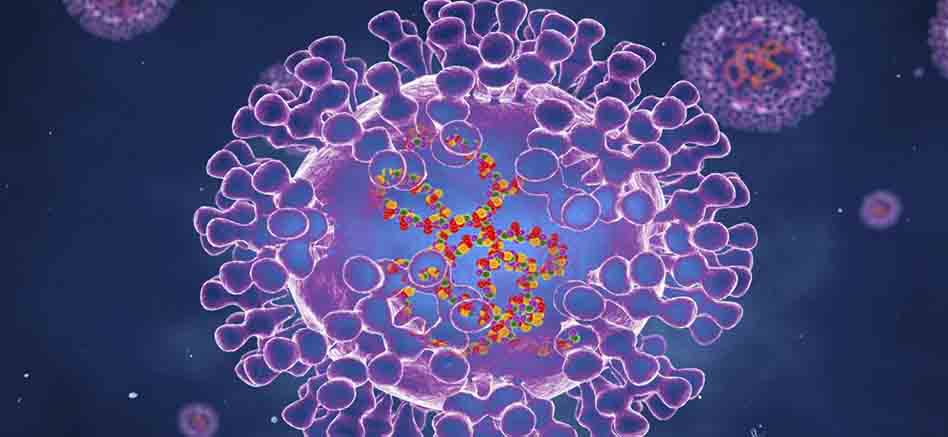
What you need to know about Monkey Pox.
This is the first in a series of articles informing you about Monkey Pox, an epidemic that is currently attracting a lot of attention.
It will be important for us to be aware of this as infections are now being reported in countries where patients have not been reported before. So let’s focus on a few basic facts about the background here.
The first report of the disease (1958) was about an infected monkey, hence the name Monkey Pox. This is a disease that is often confined to Central and West African countries. The first case of human infection was reported in 1970 in Congo. According to the available information about this disease, the vast majority of people who get it have been completely cured without any side effects. It is reported that only a small percentage suffer from certain complications.
Between May 13 and June 2, 2022, 780 new cases were reported in 27 countries where the disease had not normally spread. However, it is reassuring that no deaths have yet been reported in connection with the outbreak. According to the World Health Organization, although the risk of the disease spreading rapidly among the general population is low, it has been decided to give priority to monkey pox due to the still-extinct Kovid-19 risk factor.
Monkey pox is a disease that is often transmitted through the body fluids of a healthy person, such as infected respiratory droplets, infected person’s pus, or other fluids. Therefore, it is most common when a healthy person comes in contact with an infected person for a long time, or when an infected person’s face touches another person’s face or skin. Scientific data have also shown that towels used by an infected person or other contaminated droplets may be contagious when used by another person.
Some squirrels, rats, as well as apes can become infected with the virus, and the bite and scratch of infected animals can also spread the disease to humans.
The most common symptom currently identified is blistering infection of the eyes, mouth, skin, hands and feet. Symptoms include fever, swollen lymph nodes, severe headache, body aches, and weakness.
We have reviewed here the facts that have been confirmed based on the available data and further scientific information on this is being added. We hope to keep you informed in the future as soon as the knowledge is up to date.